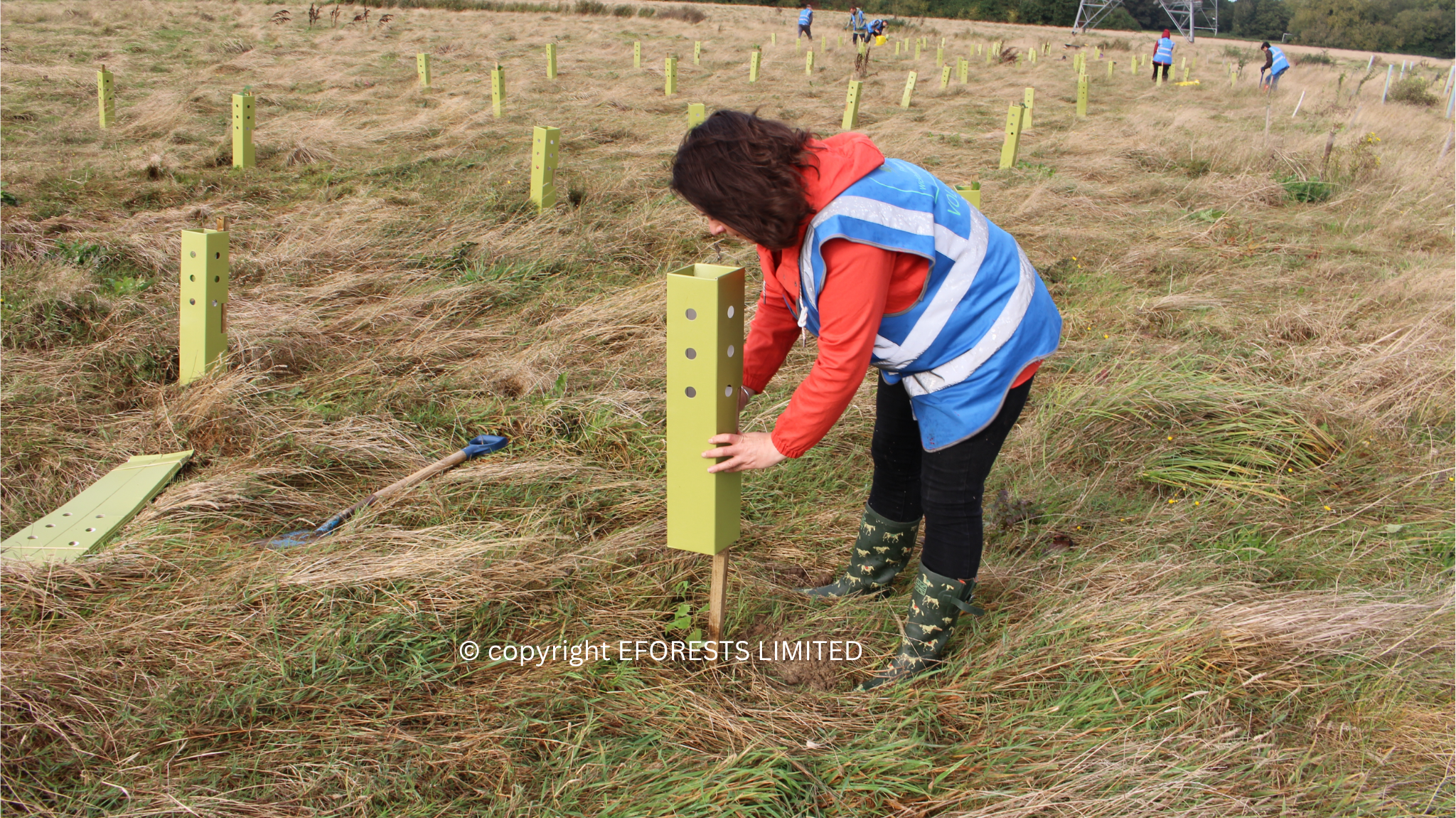In the wake of the COVID-19 pandemic, remote work became the norm for many companies, ushering in a new era of flexibility and adaptability in the workplace. However, some companies are opting to return to fully on-site work arrangements. While this decision may seem like a return to normalcy for some, it could have negative consequences for job application rates and candidate attraction.
Over the last 5 years, “remote jobs” has been searched over 18,000 times per month in the UK. And 40% of organisations saw an increase of flexible working requests in 2023. Despite the clear interest in remote and hybrid working patterns, 4 in 10 UK workforces have returned to being fully on-site and 92% of companies have enforced mandatory in-office policies.
Why have more companies enforced in-office rules?
The mainstream rollout of home working was a resourceful contingency plan for organisations to continue operations as normal as possible during the global pandemic. However, years after Covid-19, remote and flexible working continues to be normal practice. Many companies see the return to the office as an opportunity to rebuild company culture, enhance teamwork, and facilitate spontaneous interactions that are often lacking in remote work setups. Additionally, some companies believe that a physical office environment is essential for mentoring, training, and onboarding new employees effectively. Moreover, concerns about productivity, communication, and maintaining a cohesive team have prompted UK companies to prioritise on-site work arrangements.
Concerns for returning to a fully on-site workforce
There are several reasons why fully on-site work is impacting the rate of applications and candidate attraction to job adverts.
Lack of flexibility
One of the most significant advantages of remote work is the flexibility it offers employees. Whether it’s avoiding long commutes, balancing childcare responsibilities, or simply having the freedom to work in a comfortable environment, remote work has allowed employees to achieve a better work-life balance. By reverting to fully on-site work, you risk deterring candidates who have grown accustomed to this flexibility and are no longer willing to sacrifice it, limiting your talent pool.
Geographical constraints
Remote work has also enabled companies to tap into talent pools beyond their immediate geographical area. By embracing remote work, organisations have been able to attract top talent from around the world, regardless of their location. However, by mandating on-site work, you are limited to candidates who are willing and able to relocate, potentially missing out on highly qualified individuals who are not prepared to uproot their lives for a job.
Increased competition
With many companies embracing remote work, job seekers now have a wider range of options when it comes to finding employment and are more selective on which vacancies they apply for. As a result, companies that require on-site work may find themselves competing for talent with organisations that offer remote or hybrid arrangements. This increased competition could make it harder for you to attract top candidates, especially if those candidates prioritise flexibility and remote work options.
Our recent LinkedIn poll found that 79% of 482 respondents still look for remote and hybrid work and that flexibility is important to them.
Employee preferences
The shift to remote work has also highlighted the preferences of employees when it comes to their work environment. Many workers have expressed a desire to continue working remotely, either full-time or in a hybrid model.
According to our LinkedIn poll, 52% of 604 respondents said they will not be returning to the office full time in 2024 and believe that remote and hybrid working will take root. Conversely, only 10% of respondents said they are ready to return to the office full-time this year.
By disregarding these preferences and insisting on in office work, companies risk creating dissatisfaction among their current employees and may even experience higher turnover rates as a result.
Perception of company culture
A company’s decision to require on-site work may impact its reputation and perceived company culture. In a world where flexibility and work-life balance are highly valued, companies that prioritise on-site work may be seen as outdated or out of touch with the needs of modern workers. This could not only deter potential candidates from applying but also harm your ability to retain your existing workforce.
Speak to a professional
While the decision to return to fully on-site work may seem like a logical choice for some companies, it’s essential to consider the potential consequences for job application rates and candidate attraction, especially in such challenging and competitive market conditions.
For more advice on the best working patterns and up-to-date market information, speak to the professionals. Stand out as an employer of choice to prospecting talent, book a free consultation with a market leading tech recruitment expert by calling 0131 510 1500 or enquire via our website.




